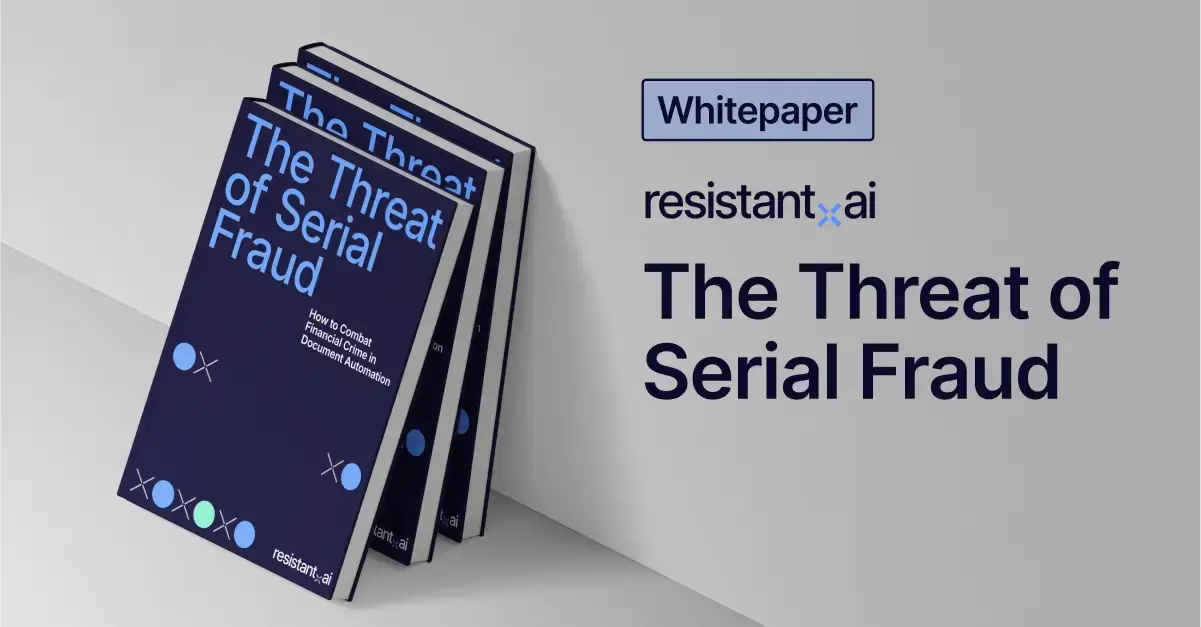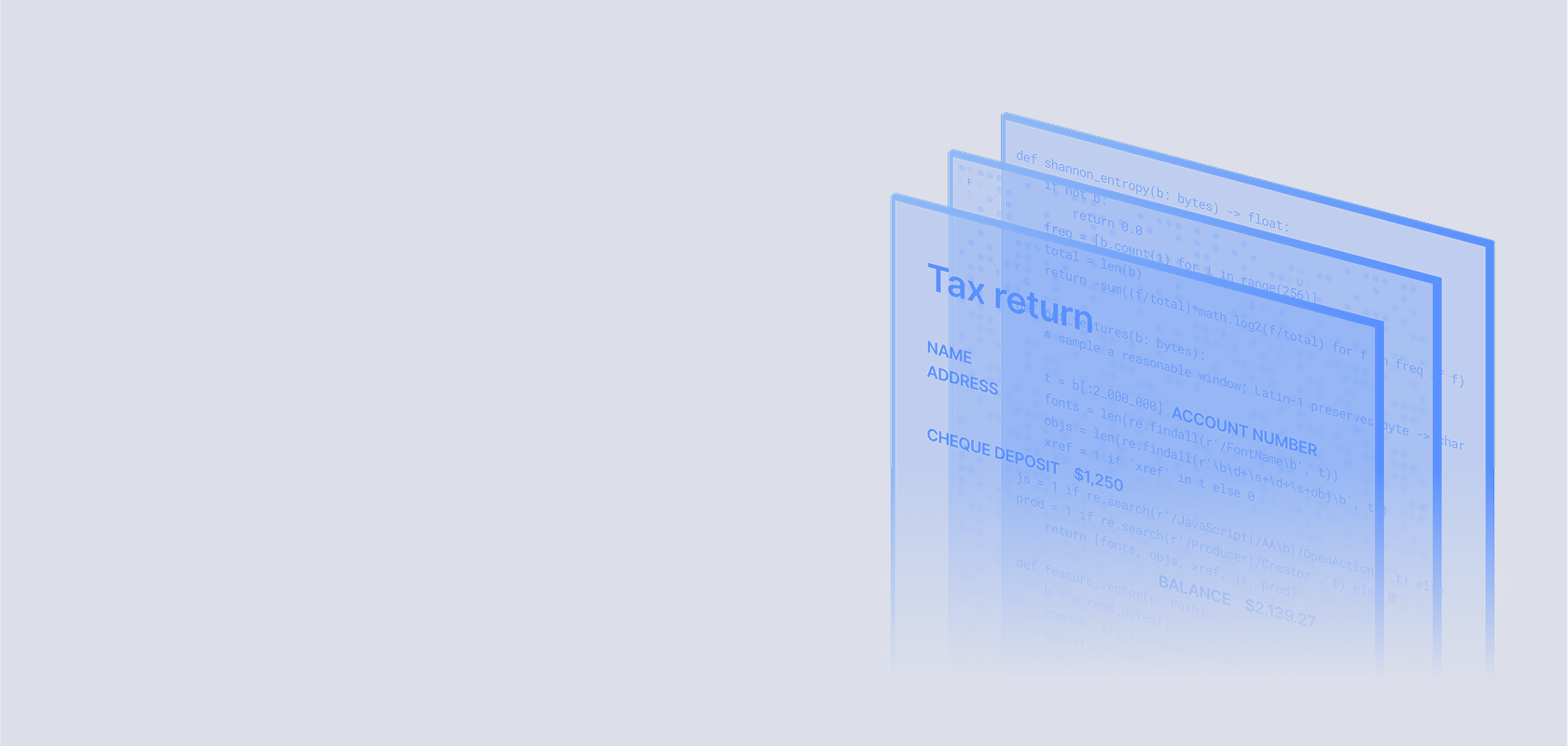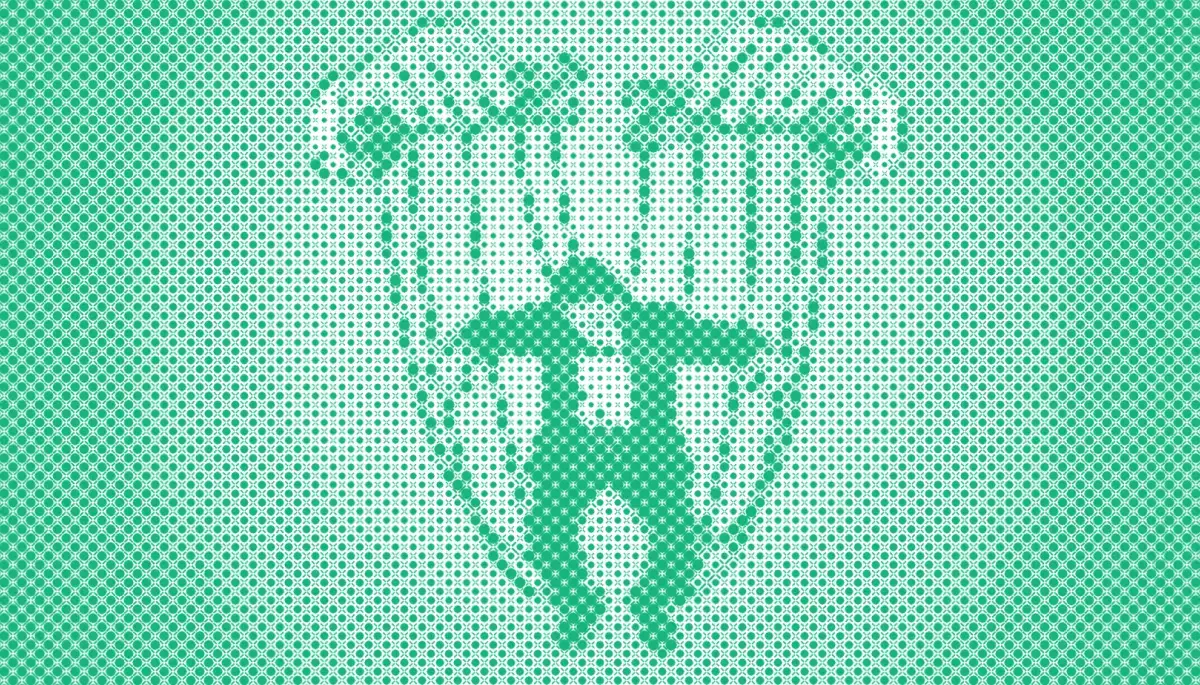
You might be interested in










A UK man who was “forced to cancel” 14 holidays due to COVID restrictions was recently sentenced for submitting fake claims (and fake hotel bookings) as evidence. This shouldn’t come as a surprise. Travel insurance providers are seeing a surge in suspicious claims related to these documents in 2025.
Fraudsters submit fabricated confirmations to collect reimbursements for trips that never existed, cancellations that were never booked, or emergency stays that were never taken. These scams add up to millions in false payouts each year.
Corporate finance teams face a similar problem. Employees pad expense reports with fake hotel bookings, slipping fraudulent reimbursements past manual checks. Over time, these forged documents weaken financial controls and create hidden losses for organizations.
What makes this trend harder to stop is how convincing the fakes have become. Online templates and AI tools allow criminals to create polished confirmations that mimic genuine booking layouts, logos, and metadata.
A hotel booking is more than just a receipt for a room. It acts as proof of travel, validates insurance claims, and justifies expenses. Spotting a fake before it causes financial or reputational damage is essential.
Read on to learn what hotel bookings are, how they’re being forged, how to spot a fake, and how AI-powered tools can help.
Check out our “how to spot fake documents” blog to learn about more common document forgeries.
A “hotel booking” or “hotel booking confirmation” is a confirmation document electronically issued by a hotel or travel platform that verifies a room reservation for a specific guest and date range.
These confirmations help travelers remember their booking details and confirm their place in the establishment. They are widely used in both personal and business contexts (especially in insurance claims and corporate reimbursements).
Key elements in a hotel booking confirmation typically include:
Together, these details confirm “proof of travel” (that a traveler has secured accommodation at a specific place and time).
Below, you'll find examples of a hotel booking, a hotel voucher, and a hotel invoice. These documents are often confused, but the hotel booking or booking confirmation is the most common.
Hotel bookings may seem routine, but they play a vital role in key verification processes. A confirmation email or PDF copy of the booking is often required as proof of travel for reimbursements, insurance claims, and internal audits. They're an essential (and trusted) part of travel and expense management.
Here’s how hotel bookings are used for document verification across specific industries:
Hotel bookings are trusted because they link a named traveler to a verified place, timeframe, and specific business, creating a clear anchor point for claims, expenses, and travel eligibility.
If you’d like to know how fraudsters are creating all these fake hotel bookings, check out our “Types of fraud” blog to learn more about their tactics.
Our Threat Intelligence Unit collects data about template farms which make and distribute fake document templates for fraudulent purposes.
Below, you'll find an infographic containing data about all the fake hotel booking templates we've found: their availability, their distributors, and how much it costs to buy one.
Find more information about the threat these farms pose in our threat intel blog and webinar content.
Missing a fake hotel booking isn’t just an administrative slip. It can mean paying out fraudulent insurance claims, greenlighting false expense reimbursements, or approving travel that never existed.
Fraudsters know these documents often get only a quick glance, which is why they load them with small but telling errors. However, depending on the volume you’re dealing with, thoroughly analyzing every document by hand could be unrealistic.
Still, manual reviews have their place in checking fake hotel bookings and recognizing typical fraudster mistakes can make a difference.
Here are some signs to look out for:
Genuine hotel confirmations usually follow strict templates from either the property itself or a major booking platform. Red flags include:
Fraudulent bookings often trip up on the details. Watch for:
Pricing logic is another common giveaway. Red flags include:
Beyond the numbers, structural contradictions often expose a fake:
Even polished fakes can fall apart under the hood. Look for:
Disclaimer: Manual checks can reveal many of these issues, but they don’t scale. Even the most obvious mistakes can penetrate your systems when hidden amongst thousands of submissions. That’s why AI-powered verification is increasingly necessary to spot subtle fraud signals and patterns at the enterprise level.
Hotel bookings are routinely verified by travel insurers, corporate finance teams, immigration authorities, travel assistance companies, emergency assistance providers, or travel risk management providers. Each relies on confirmations to validate travel details, approve claims, or process reimbursements.
Verification can be done manually or with automated systems, but the effectiveness varies.
Checking bookings by eye can catch obvious fakes, but modern fraudsters use editing software and AI to create polished confirmations, and hundreds of claims or reimbursements can’t be reliably checked in detail. Human reviewers struggle with both volume and sophistication, especially when fakes look cleaner than genuine documents.
AI systems CAN analyze bookings at scale, spotting structural anomalies, unusual metadata, and recurring fraud patterns that humans miss. They deliver speed, consistency, and deeper checks across thousands of confirmations in seconds.
That said, manual review hasn’t disappeared. Compliance workflows, regulatory requirements, and small-scale claims processing still depend on it. If you’re relying on manual methods, here are some practical techniques to apply.
Beyond the obvious signs of a fake hotel booking we mentioned above, here are some other ways to verify a hotel booking manually:
Keep in mind: Manual verification can stop isolated fraud attempts, but it cannot keep pace with industrialized booking scams. Scaled fraud rings use templates, automation, and AI-generated confirmations that bypass surface checks. Organizations need automated, AI-driven document fraud detection controls to keep their institutions secure.
AI has changed the way organizations detect fraudulent hotel bookings. Instead of relying on slow manual checks, machine learning models can scan confirmations in real time, analyzing structure and metadata against thousands of detectors to spot subtle signs of forgery.
Benefits of AI in hotel booking verification include:
Automation can check whether fields exist, totals add up, or dates are present. That’s useful for routine processing, but it breaks down when fraudsters mimic official altering core details with stolen (seemingly legitimate) information.
AI, by contrast, goes deeper. It learns how authentic hotel bookings are structured, how metadata aligns with issuance systems, and how fraud patterns evolve across claims. This context-aware approach allows AI to flag anomalies that automation and even skilled reviewers would miss, making it the only scalable defense against booking fraud at volume.
Fake hotel bookings in 2025 create direct risks for anyone tasked with validating travel. Claims adjusters and expense reviewers are the ones left cleaning up when forged confirmations slip through.
Manual checks can catch the occasional sloppy fake, but they can’t keep pace with the sheer volume and sophistication of modern scams.
Resistant AI helps frontline teams by going beyond surface checks. Our solution combine layout analysis, metadata extraction, and cross-document intelligence to expose hidden fraud signals.
See how your team can spot fake hotel bookings before they cause financial or reputational damage.
Scroll down to book a demo.
Hungry for more fake hotel booking content? Here are some of the most frequently asked fake hotel booking questions from around the web.
AI-powered document verification tools can analyze booking layouts, metadata, and hidden anomalies that human reviewers often miss. By comparing thousands of authentic confirmations, AI can flag inconsistencies in guest details, reservation codes, payment status, or file properties in real time.
These terms are sometimes confused, but they all happen at different parts of the hotel room booking process. Hotel booking is proof of booking, invoices are typically sent after the stay, and a receipt happens at the point of purchase.
Yes. Resistant AI offers advanced document fraud detection that can automatically verify hotel bookings, analyze metadata, and flag suspicious submissions at scale.
Several roles across organizations are responsible for verifying bookings, including:
Yes. Creating or using a fake hotel booking is considered fraud. In the U.S., it can lead to charges of wire fraud or insurance fraud, with penalties including fines and imprisonment. In the UK, it may fall under the Fraud Act 2006. Across jurisdictions, submitting fake bookings for financial gain carries serious legal and reputational consequences.
You should check that the sender’s email domain matches the hotel or booking site (e.g., @booking.com, not @bookings-confirm.net) and avoid clicking suspicious links. Instead, go directly to the official website. Phishing scams often involve spoofed sender addresses and urgent language meant to lure quick clicks.
Watch for deals that are too good to be true or limited-time pressure; these often appear on websites that mimic legitimate booking sites but use subtly altered URLs—scammers rely on urgency and lower prices to trick users.
Yes. Fraudsters sometimes generate fake hotel confirmations to support visa applications, presenting them as proof of accommodation. Genuine bookings typically appear in official booking systems and include legitimate reservation numbers. Fake versions, however, may lack validation in those systems or use templates without metadata. Verifying through direct contact with the hotel or confirming the booking number via the hotel or OTA portal can expose such fabrications.


